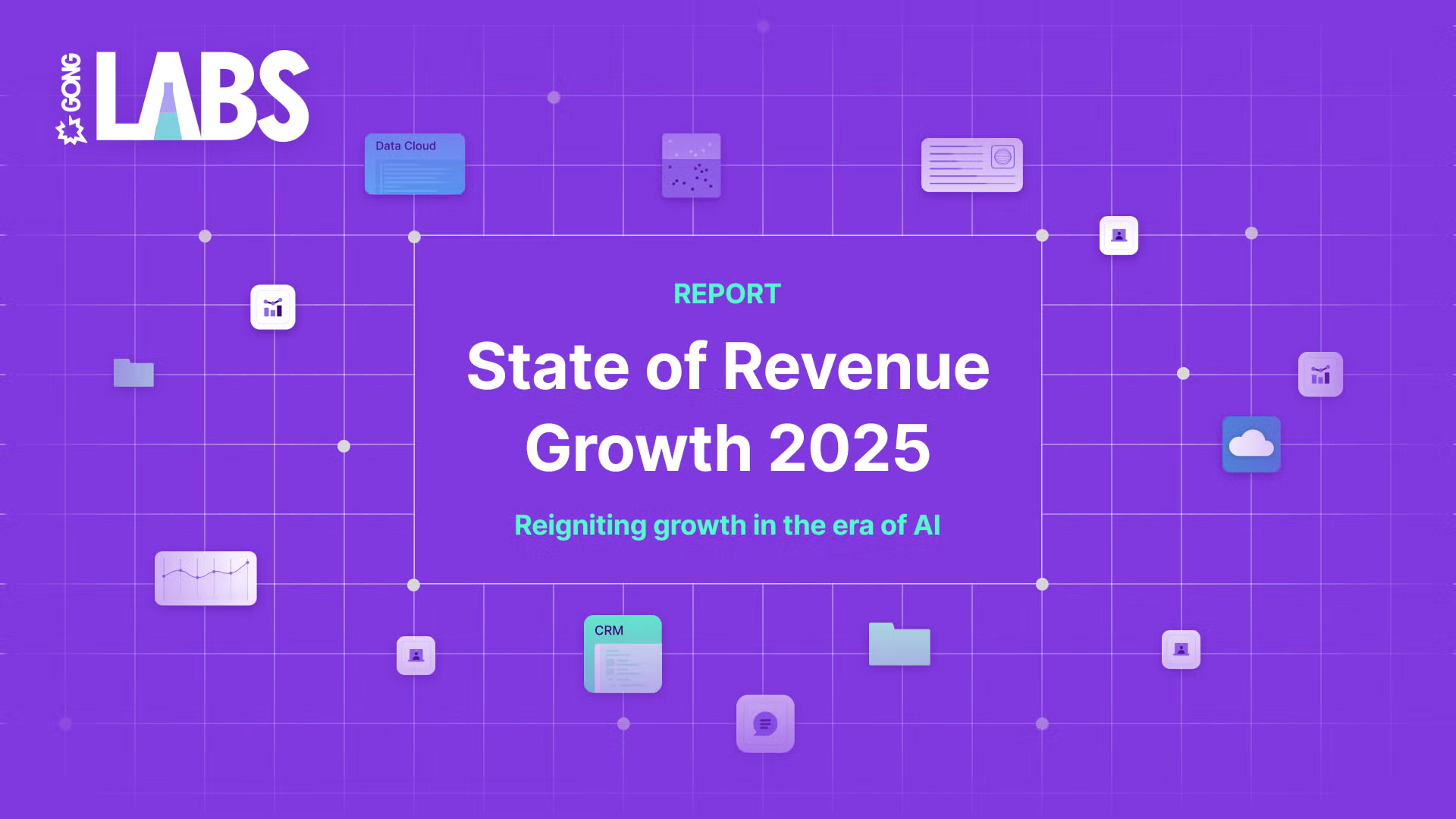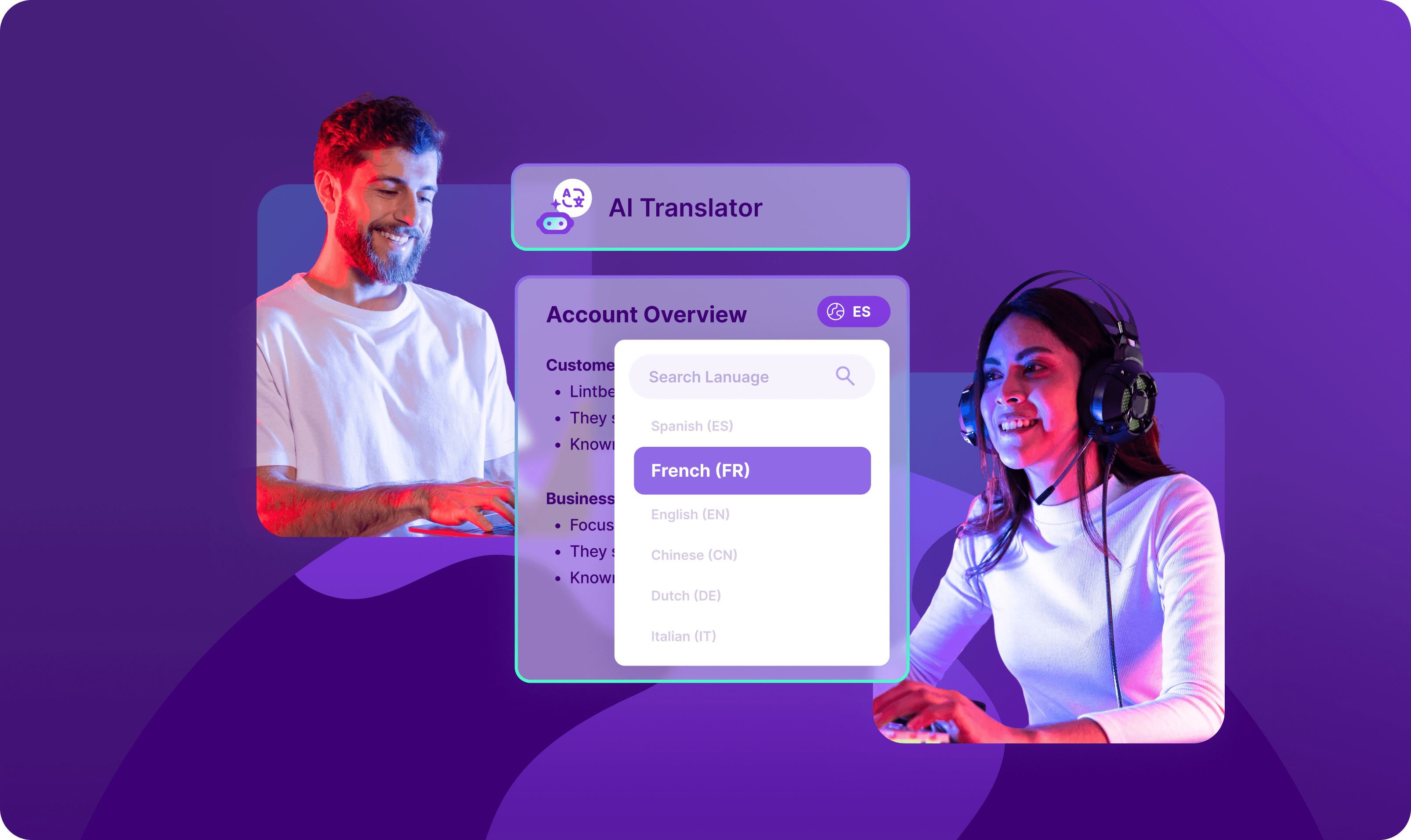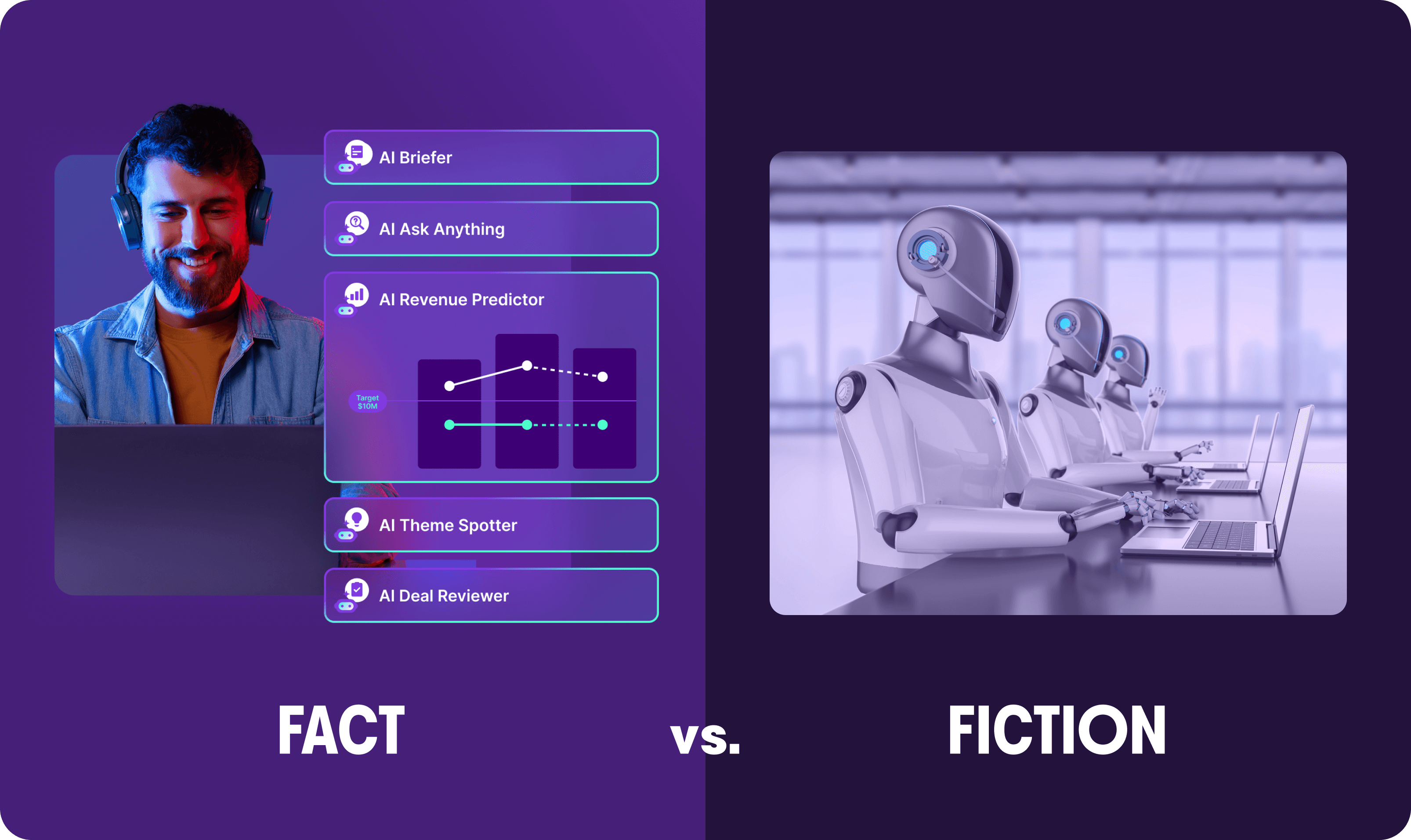Executive insights
Why tech consolidation is about to explode and what AI has to do with it

Craig Hanson
Sr. Director, AI Market Strategy
Published on: October 17, 2025

Across industries, boards are asking what it means to be “AI-powered” and demanding we move on it. CEOs are setting the mandate. The rest of us are figuring out what it will actually take to deliver.
The goal isn’t to have AI for the sake of it — it’s to fundamentally alter the outcomes we deliver as leaders, with game-changing levels of impact, often in this order of evolution:
- Efficiency: Doing tasks more easily and automatically.
- Speed: Handling core functions faster with AI augmentation.
- Effectiveness: Actually doing things better, recognizing what good looks like, and then building that into our teams’ workflows.
- Consistency: Relying on AI to guide the consistent execution of those most effective practices.
- Scale: Finally, AI guides our entire organization to operate on the same best practices playbook.
AI can help us do that, but only if it has a complete picture of our business to work with.
That’s where we hit friction. Many companies still run their revenue process across a slew of disconnected systems — one for prospecting, one for sales execution, another for forecasting, and yet another for customer success. Each holds its own data, its own logic, its own version of “intelligence.” And any real insights from that intelligence stay stuck in those silos.
In that setup, AI can’t see the whole story. Fragmented data creates fragmented understanding. And data and understanding are the fuel that power AI’s effectiveness. While various products may layer AI features or agents on top, AI is only as good as the data and understanding it’s built on.
So if data and understanding are fragmented across systems, AI doesn’t have the full context it needs to really create results. And we remain in the first evolutionary steps instead of expediting beyond banal tasks. AI can’t recommend “better” without understanding which actions, steps, and behaviors deliver meaningful change. And it certainly can’t guide and orchestrate our organizations with consistent, scalable execution of those best practices.
Tech stack consolidation isn’t just an initiative anymore, it’s an imperative — a must-have for enabling AI-powered organizations.
Fragmented tech undermines the insights, action, and trust of AI
Nearly every GTM organization is experimenting with AI, but few are seeing results. According to MIT, 95% of generative AI pilots are failing. That’s because when each function’s data lives in independent systems, AI can’t connect the dots, undermining higher-order impacts. Insights stay trapped where they start, so each team ends up with a different view of “what’s working.” Add more AI point solutions on top, and the problem only grows.
For AI to realize its promise, it needs a complete, unified view of what’s happening across the GTM motion. Disconnected data limits our ability to see patterns, learn faster, and make confident decisions.
Integration alone doesn’t fix that. Bridging data across separate systems still leaves context scattered. And full context is needed for understanding. That’s why connected data isn’t the same thing as connected understanding.
But consolidating workflows and data into a unified platform gives AI the visibility it needs for insights and actions to flow freely across deals, teams, and markets. And that’s where the real revenue advantage lies.
Unified insights and action drive the entire company
When every motion — from the first engagement to execution to forecasting and post-sales — runs on the same foundation, AI does more than summarize the past. It anticipates what’s next and drives the outcomes we want: stronger pipeline, faster deal cycles, higher win rates.
But that value doesn’t stop at the revenue organization. Once understanding and insights are unified, their usefulness multiplies across the entire organization:
- Product sees emerging customer needs sooner and gets authentic feedback on everything they release.
- Marketing deeply understands the voice of the customer and targets messaging with greater precision.
- Customer success and support get leading indicators of customer health and act proactively before issues escalate.
- C-level leaders (CEOs, CIO/CTOs and COOs) make faster, more confident decisions.
Consolidation doesn’t just simplify the tech stack — it creates a single system that connects every function to drive new levels of insight and action. What starts as orchestration within revenue becomes a loop of learning that accelerates growth across the entire business.
The power (and payoff) of a revenue AI operating system
When we consolidate our solutions into a unified operating system, we unlock AI’s full potential: technology that turns data into insights, and insights into actions.
CRMs aren’t enough — they’re too biased and limited, and horizontal platforms lack necessary revenue-specific context.
Purpose-built AI operating systems fulfill the full promise of revenue orchestration — a living system of insights and action. Once everything connects, AI doesn’t just help us work better; it helps us think together. And the companies that master that connection will define the next era of growth.
Join me and your peers at Celebrate ‘25, live in Austin or online, October 20-22, to help shape the AI-powered revenue era together.

Sr. Director, AI Market Strategy
Craig Hanson is an AI strategy and growth leader with deep experience in go-to-market, corporate development, and venture capital.
At Gong, he has helped shape the company’s AI platform strategy, drive international expansion, and guide transformative customer growth.
Craig is also a former VC investor with a proven track record in scaling technology startups.
Discover more from Gong
Check out the latest product information, executive insights, and selling tips and tricks, all on the Gong blog.



